
Bauhinia is a large genus of flowering plants in the subfamily Cercidoideae and tribe Bauhinieae, in the large flowering plant family Fabaceae, with a pantropical distribution. The genus was named after the Bauhin brothers Gaspard and Johann, Swiss-French botanists.

Sir James Edward Smith was an English botanist and founder of the Linnean Society.

Bauhinia × blakeana, commonly called the Hong Kong orchid tree, is a hybrid leguminous tree of the genus Bauhinia. It has large thick leaves and striking purplish red flowers. The fragrant, orchid-like flowers are usually 10 to 15 centimetres across, and bloom from early November to the end of March. Although now cultivated in many areas, it originated in Hong Kong in 1880 and apparently all of the cultivated trees derive from one cultivated at the Hong Kong Botanical Gardens and widely planted in Hong Kong starting in 1914. It is referred to as bauhinia in non-scientific literature though this is the name of the genus. It is sometimes called the Hong Kong orchid. In Hong Kong, it is most commonly referred to by its Chinese name of 洋紫荊 (yèuhng jígīng).

Père Jean-Marie Delavay was a French missionary, explorer and botanist. He was perhaps the first Western explorer of the region which is now encompassed by the Three Parallel Rivers of Yunnan Protected Areas.

John Gilbert Baker was an English botanist. His son was the botanist Edmund Gilbert Baker (1864–1949).
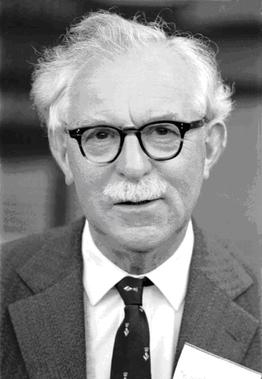
William Thomas Stearn was a British botanist. Born in Cambridge in 1911, he was largely self-educated and developed an early interest in books and natural history. His initial work experience was at a Cambridge bookshop, but he also had an occupation as an assistant in the university botany department. At the age of 29, he married Eldwyth Ruth Alford, who later became his collaborator.
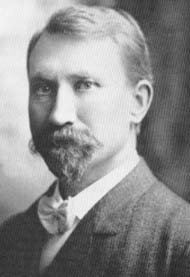
Per Axel Rydberg was a Swedish-born, American botanist who was the first curator of the New York Botanical Garden Herbarium.

The Field Elm cultivar Ulmus minor 'Sowerbyi', commonly known as the Sowerby Elm, was described by Moss in The Cambridge British Flora (1914). The tree, once referred to as the 'Norfolk Elm' by Smith, was commonly found in the hedgerows and woods of Norfolk, Cambridgeshire, and Huntingdonshire in the early 20th century before the advent of Dutch elm disease. Melville considered it a hybrid of 'Coritana'.

Charles Baron Clarke was a British botanist. He worked in as a civil servant in British India in the Bengal education department. He was also keenly interested in botany and held the position of superintendent of the Calcutta Botanical Gardens from 1869 to 1871. During this period he became a specialist on the Cyperaceae and based on their distributions developed an influential phytogeographical classification of British India.
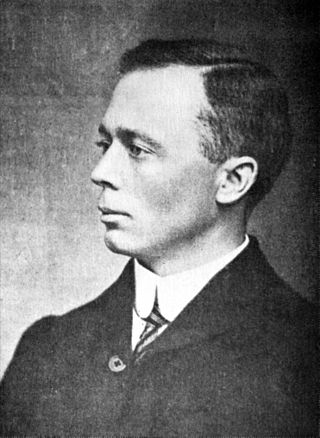
Henry Harold Welch Pearson was a British-born South African botanist, chiefly remembered for founding Kirstenbosch National Botanical Garden in 1913.

Isaac Henry Burkill was an English botanist who worked in India and in the Straits Settlements. He worked primarily in economic botany but published extensively on plant biology, ethno-botany, insect-plant interactions and described several species. He published a two volume compilation on the plants of economic importance in the Malay Peninsula, collating local names and knowledge. He also wrote a detailed history of botany in India. The plant genera Burkillia and Burkillianthus were named in his honour.
Richmond William Hullett was an English 19th century headmaster, explorer and plant collector. He was often associated with Singapore than Hong Kong. His fields of influence include language and education, conservation, exploration and botany in Malaysia, Borneo, Sumatra, Indonesia, and England, and his achievements have inspired Chinese scholars.

James Eustace Bagnall ALS was an English naturalist with a particular interest in botany, especially bryology. He was the author of the first Flora of Warwickshire (VC38) in 1891. A noted bryologist, he wrote the Handbook of Mosses in the Young Collector Series, various editions of which were published between 1886 and 1910.
Charles Edward Hubbard was a British botanist, specialising in agrostology – the study of grasses. He was considered "the world authority on the classification and recognition of grasses" in his time.
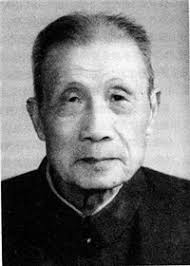
Ren-Chang Ching, courtesy name Zinong, was a Chinese botanist who specialised in ferns.
Francis Blackwell Forbes was an American botanist with expertise in Chinese seed-producing plants who also worked as a merchant and opium trader in Asia.
Berberis amoena is a shrub native to the Sichuan and Yunnan provinces of China. It is found at elevations of 1600–3100 m.

James Cosmo Melvill was a British botanist and malacologist who collected plants in Europe and North America.
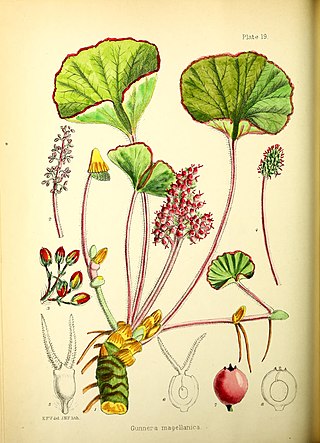
Elinor Frances Vallentin (formerly Nichol; was a British botanist and botanical illustrator who made scientifically significant collections of botany specimens in the Falkland Islands. She co-authored the book Illustrations of the flowering plants and ferns of the Falkland Islands in 1921 with Enid Mary Cotton, a fellow botanist. This work was regarded as being particularly valuable because of Vallentin's botanical illustrations. The standard author abbreviation Vallentin is used to indicate this person as the author when citing a botanical name.
Willard Webster Eggleston was an American botanist, employed by the United States Department of Agriculture Bureau of Plant Industry. He graduated from Dartmouth College in 1891 with a Bachelor of Science degree. In his work on the taxonomy of Crataegus, now known to be complicated by apomixis, polyploidy, and hybridization, he aimed to simplify, counteracting the proliferation of species names that other botanists had produced.














